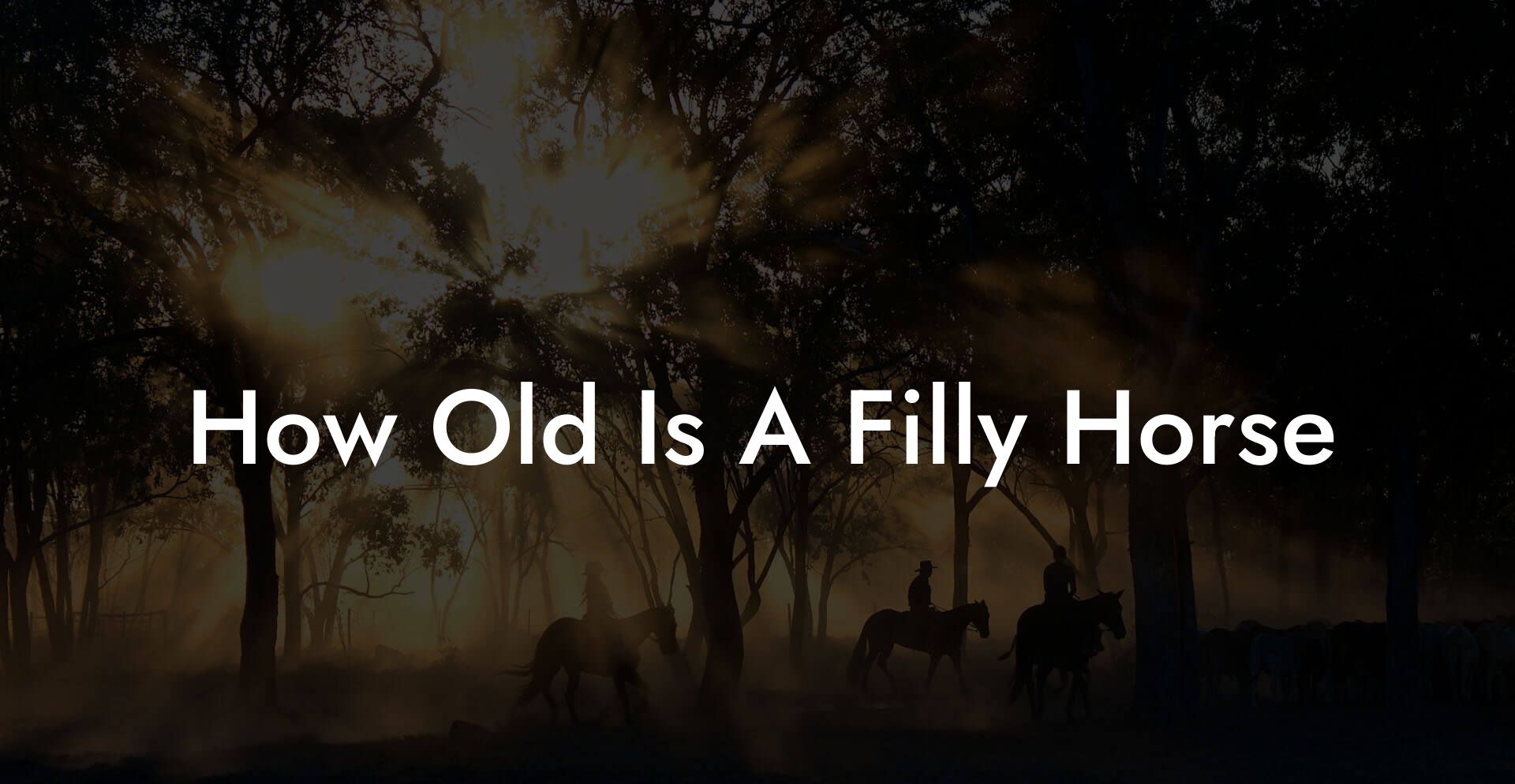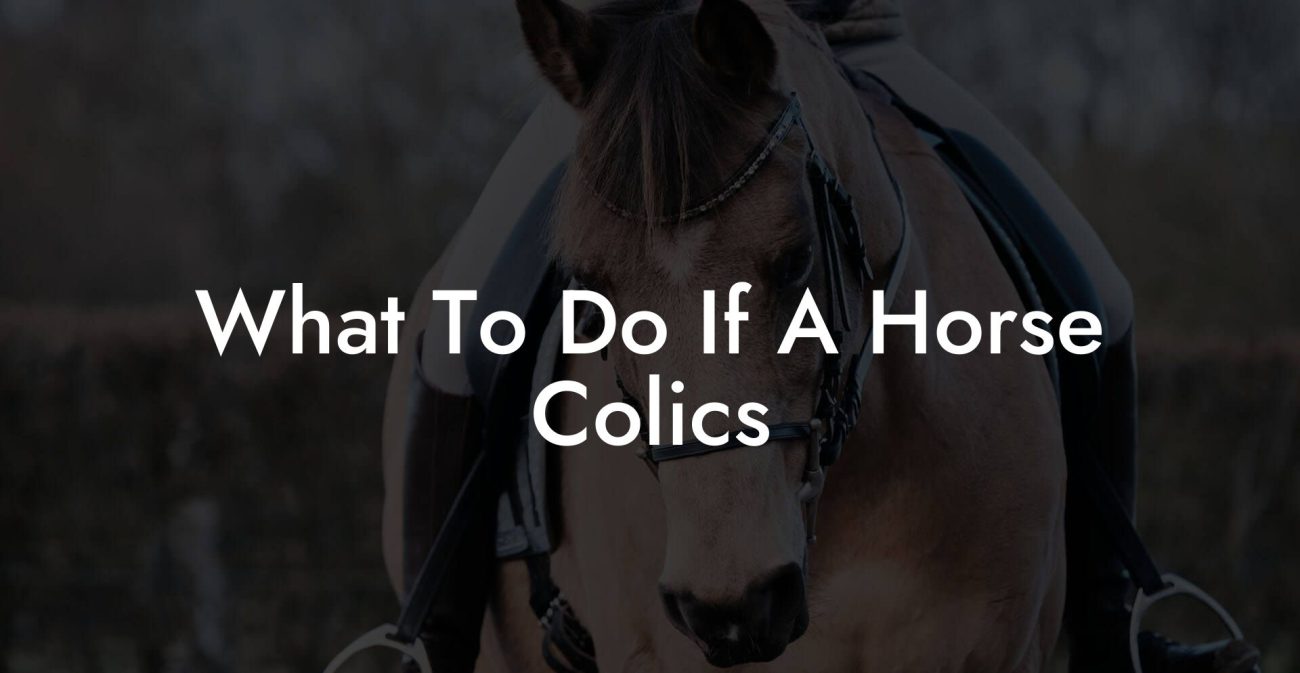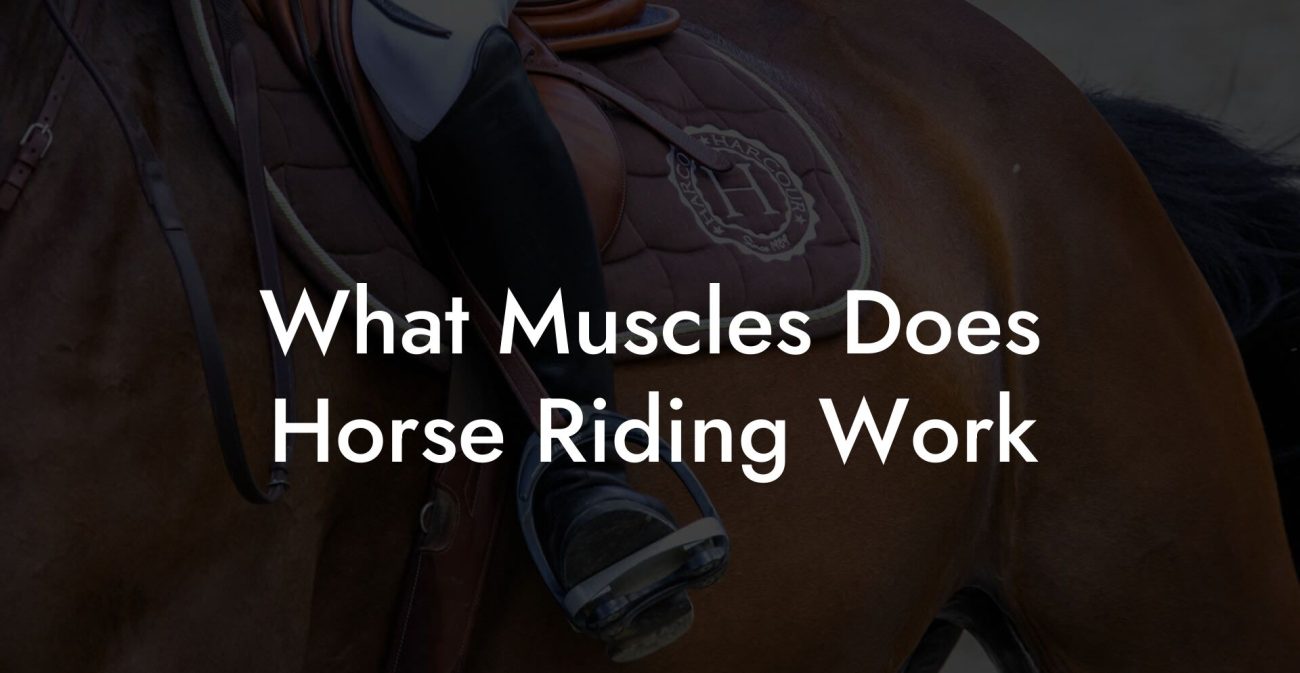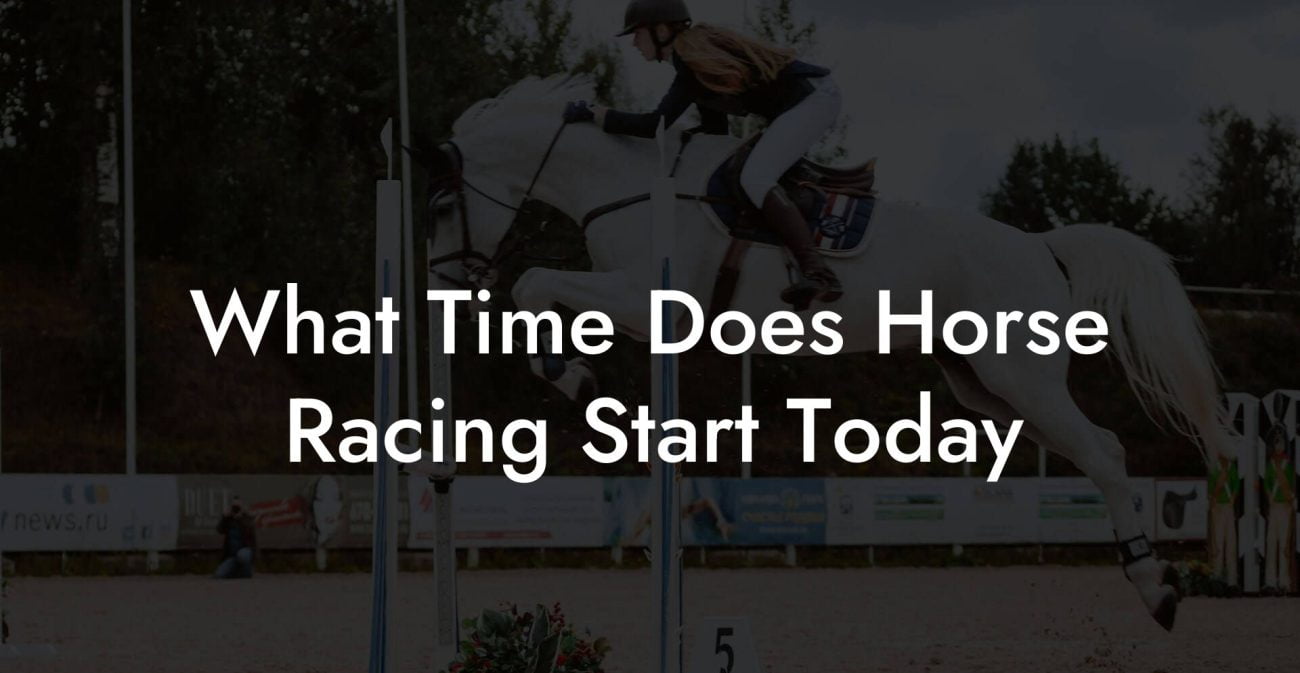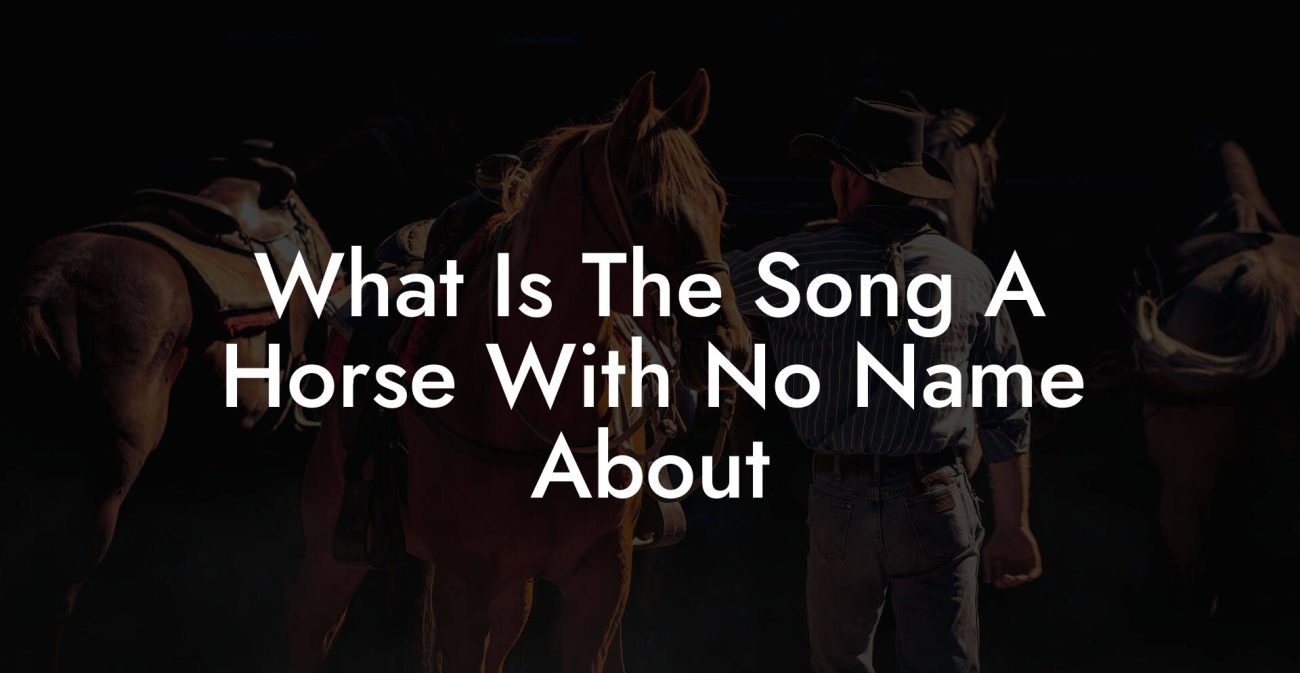Beneath the sparkle of morning dew and the roar of youthful energy lies the fascinating journey of a filly horse, a vibrant, growing equine ready to take on its destiny. Whether you're a seasoned equestrian or just beginning to dip your toes into the world of horse care, understanding exactly how old a filly is can be as captivating as watching a sunrise gallop across the pastures. Let’s dive headfirst into the realm of filly horses, exploring age, development, nutrition, training, and insider tips that resonate with both the Gen-Z enthusiast and the modern millennial looking to build a meaningful bond with these majestic creatures.
Quick Links to Useful Sections
- What Exactly is a Filly Horse?
- So, How Old Is a Filly Horse?
- The Fascinating Developmental Stages of a Filly
- Foalhood (0-1 Year)
- Yearling (1-2 Years)
- Adolescence (2-4 Years)
- Caring for a Filly Horse: Essential Tips for the Modern Equestrian
- 1. Nutrition: Fueling Rapid Growth
- 2. Exercise and Socialization: Cultivating a Balanced Perspective
- 3. Grooming and Health Care: Establishing a Routine
- Training Your Filly: Building a Strong Bond Through Consistency and Creativity
- Early Groundwork
- Introducing Trail Rides and Basic Obstacles
- The Role of Patience and Empathy
- Exploring the Genetics and breeding Aspects of Filly Horses
- Health Considerations and Preventative Care for Filly Horses
- Hoof Health
- Dental Care
- Vaccinations and Parasite Control
- Mindful Management: Creating a Nurturing Environment for Your Filly
- Resources and Community Support: Your Next Steps
- Join Online Forums and Social Media Groups
- Attend Local Equestrian Events
- Consult with Equine Professionals
- Explore Digital Tools
- Advanced Equine Care Techniques for the Modern Age
- Wearable Technology for Horses
- Mobile Apps and Digital Record-Keeping
- Holistic and Integrative Approaches
- Filly Horse Training: Combining Tradition with Modern Techniques
- Filly Horse Behavior: Understanding and Nurturing Their Unique Personalities
- Filly Horse Sports and Competitions: Preparing for the Future
- Filly Horse Ownership: Long-Term Responsibilities and Rewards
- Filly Horses in Modern Equestrian Culture: Trends and Influences
- Frequently Asked Questions About Filly Horses
- Your Journey from Filly to Phenomenal Horse: Embrace, Nurture, and Thrive
What Exactly is a Filly Horse?
In the equine lexicon, a "filly" is a young female horse, generally under the age of four. But don’t let that simple definition fool you, a filly is much more than just a young mare in training. This dynamic stage in a horse's life is a blend of rapid growth, boundless energy, and the early beginnings of personality that will eventually shape a future champion, a loyal companion, or both.
The term "filly" is predominantly used to describe female horses from when they shed their foal coat and continue to develop their adult characteristics. While the precise age cut-off can vary slightly by breed and region, the consensus remains: once a female horse matures past the age of four, she is typically referred to as a mare. This period of life is critical, filled with both the exuberance of youth and the foundational steps toward becoming a fully developed horse.
So, How Old Is a Filly Horse?
When you ask, "How old is a filly horse?" the answer might seem straightforward at first glance: a filly is usually a female horse under four years old. But there’s a rich tapestry of growth phases, developmental milestones, and unique characteristics that come into play during these formative years.
Key Age Ranges:
- Foal Stage (0-1 Year): When a horse is born, it is considered a foal. During this period, the newborn is highly dependent on its mother for nourishment and care.
- Yearling Stage (1-2 Years): The bond between the filly and its caregivers intensifies as it begins transitioning from pure infancy to the robust energy of youth. This is a time of incredible growth both physically and mentally.
- Adolescent Stage (2-4 Years): The filly enters a stage of rapid development and increased independence. This crucial phase is where the groundwork for training, socialization, and overall behavior is established.
Though the general guideline points to “under 4 years of age,” the exact moment when a filly becomes a mare isn’t determined solely by her birthday. Factors such as breed characteristics, hormonal influences, and even the specific traditions of equine communities can influence this transition.
The Fascinating Developmental Stages of a Filly
Like a well-written novel, the early chapters of a filly's life are filled with rapid changes and exciting milestones. Understanding these stages can help you provide the right care and training for your horse.
Foalhood (0-1 Year)
The foal stage is all about wonderment. In the first few months, a foal experiences the world with fresh eyes, learning how to stand, run, and interact with its mother and siblings. The sensory overload of sights, sounds, and textures lays a strong foundation for mental and emotional development.
During this stage, nutrition is paramount. A foal’s diet consists mainly of milk from its mother, which provides the essential antibodies and nutrients required for a healthy start. As the foal grows, introducing high-quality hay and starter feeds becomes a gentle transition toward solid food.
Yearling (1-2 Years)
The yearling stage is where a filly begins to shed the cocoon of infancy and spread her wings. This period sees tremendous physical growth, muscles get stronger, and bones gradually harden. It’s also the stage where early behavioral cues start to emerge, hinting at the horse’s future temperament and aptitude for training.
With burgeoning curiosity and an increase in energy, yearlings benefit greatly from controlled socialization. Being with other young horses, or even carefully guided interactions with older, more experienced horses, helps refine social behaviors and build the communication framework within the herd.
Adolescence (2-4 Years)
When a filly reaches her adolescent stage, she enters a period comparable to the tumultuous teen years in humans. Hormonal shifts, bursts of energy, and a mix of stubborn independence and eagerness to please all blend into a complex personality profile. This period is critical for establishing trust with caregivers and integrating formal training routines.
Development during these years is not just physical; it’s mental and emotional as well. The lessons learned during training, the social interactions with other horses, and the overall environmental influences contribute to the filly’s long-term well-being. Understanding these needs will enable you to tailor an approach that supports both her body and her budding personality.
Caring for a Filly Horse: Essential Tips for the Modern Equestrian
Filly care isn’t just about feeding and grooming; it’s about fostering a deep connection that acknowledges every quirky, energetic, and sometimes unpredictable moment of growth. Here are some comprehensive tips to help you navigate this exhilarating phase.
1. Nutrition: Fueling Rapid Growth
The nutritional needs of a filly are distinct from those of a fully grown mare. A balanced diet that supports rapid growth while avoiding overfeeding is crucial. Consider these pointers:
- High-Quality Forage: Fresh hay should be the cornerstone of a filly’s diet, supplying necessary fiber and nutrients.
- Starter Grains and Pellets: Designed specifically for growing horses, these feed types offer balanced protein, vitamins, and minerals.
- Access to Fresh Water: Hydration is key, especially given the energetic disposition of a growing horse. Make sure clean and fresh water is always accessible.
- Supplementation: Depending on your filly’s specific needs or potential deficiencies, your veterinarian might recommend supplements like biotin for hoof health or omega-3 fatty acids for overall balance.
Always consult with an equine nutritionist or veterinarian when adjusting your filly’s diet. Their expertise ensures that every meal contributes to optimal growth and development.
2. Exercise and Socialization: Cultivating a Balanced Perspective
Exercise isn’t just about burning off excess energy, it’s a vital component of muscle development, coordination, and social behavior. Here are some key considerations:
- Controlled Exercise Routines: While it might be tempting to let your filly run wild, structured exercise regimes help avoid injuries and promote steady development.
- Social Interaction: Horses are inherently herd animals. Regular interaction with peers can help your filly learn social cues, develop confidence, and reduce stress.
- Trail Rides and Groundwork: Integrate gentle trail rides or groundwork exercises to build trust. These experiences are not only fun but also help your filly understand boundaries and build discipline.
Remember, the goal is to provide a balance, enough exercise to stimulate growth and socialization, yet measured enough to prevent overexertion.
3. Grooming and Health Care: Establishing a Routine
Just as a smartphone needs regular updates, a filly requires consistent grooming and health check-ups to keep her thriving. A steadfast routine supports not only physical health but also discipline and trust:
- Daily Grooming: Regular brushing, mane and tail care, and hoof cleaning help prevent skin issues and detect any injuries or abnormalities early.
- Vaccinations and Deworming: Stay current with essential vaccinations and deworming schedules as recommended by your vet to protect against common equine diseases.
- Regular Vet Check-Ups: Routine health assessments, including dental exams, are essential in the early detection of potential issues and in ensuring long-term well-being.
By integrating these practices into a daily/weekly routine, you are not only guarding against infections but also ensuring that your filly feels safe, cared for, and ready to embrace adventure.
Training Your Filly: Building a Strong Bond Through Consistency and Creativity
Training a filly is an art form as much as it is a science. During these formative years, your approach to training sets the stage for a lifetime of trust and respect. Here’s how to get creative while ensuring consistency:
Early Groundwork
Groundwork forms the foundation of all future training. It’s about teaching basic commands, respect for boundaries, and how to react to cues. Some practical strategies include:
- Positive Reinforcement: Reward-based training not only motivates your filly but also reinforces the behaviors you want her to develop. Treats, gentle pats, and soothing words go a long way.
- Consistent Cues: Use the same words and hand signals for commands. Consistency allows your filly to understand expectations without confusion.
- Short, Fun Sessions: Keep training sessions brief but frequent. A few minutes of focused activity are far more effective than long, drawn-out sessions that might lead to boredom or frustration.
Introducing Trail Rides and Basic Obstacles
As your filly progresses, incorporating low-risk trail rides or basic obstacle courses can inject a sense of adventure into her training routine. These activities not only build confidence but also help develop muscle coordination and balance in novel environments.
Whether it’s practicing a simple circle around a barrel or navigating a lightly set-up obstacle course in a safe arena, each step forward deepens your connection and enhances her overall training regimen.
The Role of Patience and Empathy
Every filly is a unique blend of curiosity, energy, and vulnerability. Embracing a patient, empathetic training style not only accelerates learning but also builds a bond based on trust and mutual respect. Recognize that setbacks are part of the journey, and celebrate even the smallest wins.
In today’s fast-paced world, where instant gratification is the norm, training a filly reminds us of the beauty in slow, steady progress. Each day spent together teaches both you and your horse valuable lessons in communication, patience, and resilience.
Exploring the Genetics and breeding Aspects of Filly Horses
Beyond the immediate care and training, understanding the broader genetic and breeding context can provide fascinating insights into your filly’s future. Genetics influence not only physical traits like stature, coat color, and build but also behavioral tendencies and athletic prowess.
Genetic Heritage: Many horse enthusiasts take pride in knowing the lineage of their equine companion. A well-documented pedigree can reveal a history of champions, endurance, or gentle temperaments. For breeders and dedicated owners alike, this knowledge enriches the care provided during the filly’s formative years and helps set realistic expectations for her adult performance.
Tailored Breeding Practices: Responsible breeding practices aim to preserve desirable traits while minimizing genetic health issues. Modern breeders combine tradition with advanced genetic screening techniques to ensure that each new generation of fillies is born not only strong and beautiful but also poised for a healthy, fulfilling life.
Whether you’re considering investing in a filly for future competition or for personal enjoyment, understanding the genetic blueprint can be an essential part of your equine care strategy.
Health Considerations and Preventative Care for Filly Horses
The health of your filly is paramount, and proactive care can prevent many common issues associated with rapid growth and high activity levels. From hoof care to dental health, each aspect plays a crucial role in your horse’s overall well-being.
Hoof Health
A filly’s hooves support every stride she takes. Regular trimming by a skilled farrier ensures that her hooves develop properly and remain free from cracks or infections. It’s a partnership, open communication with your farrier is essential for early detection of any potential concerns.
Dental Care
Just like humans, horses require routine dental check-ups. Overgrowth of teeth can lead to discomfort and eating difficulties, impacting overall nutrition and development. Scheduling annual dental exams can help nip these issues in the bud, ensuring a happy, healthy smile.
Vaccinations and Parasite Control
Filly horses are susceptible to a host of diseases and parasites. Stay on top of the recommended vaccination schedule and establish a regular deworming routine. Preventative care is your frontline defense in ensuring that your filly enjoys a vibrant, energetic life.
Additionally, consider incorporating regular health screenings as part of her annual check-ups. These tests can help detect early signs of conditions that might otherwise go unnoticed until they become more serious.
Mindful Management: Creating a Nurturing Environment for Your Filly
The modern approach to horse care goes beyond the physical aspects of nutrition and exercise. It embraces a holistic view that incorporates trust, mental stimulation, and emotional balance. A nurturing environment isn’t just a fenced pasture or a cozy stable, it’s a space where your filly feels secure enough to explore and express herself.
Environmental Enrichment: Adding elements such as toys designed for horses, varied terrains, and interactive play setups can stimulate her mind and encourage natural behaviors.
Routine and Consistency: Horses, much like people, thrive on routine. A consistent daily schedule that includes feeding, exercise, training, and rest provides structure and eases anxiety.
Social Interaction: Equine socialization is essential. Whether she’s mingling with other fillies, interacting with older mares, or even having supervised playdates with friendly geldings, social bonds can significantly impact her mental health and behavior.
Embracing modern technology, consider apps and trackers designed for equine health. These tools help monitor activities, track milestones, and even remind you of essential care routines, all of which foster a proactive approach to managing your filly’s well-being.
Resources and Community Support: Your Next Steps
Venturing into the world of foals and fillies can feel like embarking on an epic quest. Fortunately, you’re not alone. Today’s digital age offers a wealth of resources and an enthusiastic community ready to share tips, success stories, and even the occasional meme about the joys and challenges of modern horse care.
Join Online Forums and Social Media Groups
From Instagram reels of playful fillies to comprehensive forums discussing the intricacies of equine nutrition, online communities are bursting with engaging content. Platforms like Facebook, Reddit, and specialized equine blogs provide a space to exchange advice, ask questions, and celebrate milestones.
Attend Local Equestrian Events
Nothing beats the real-life experience of meeting fellow horse enthusiasts. Local stables, riding schools, and equestrian clubs often host events, workshops, and group rides. These gatherings not only help you network but also provide hands-on learning experiences to refine your filly care techniques.
Consult with Equine Professionals
If you’re ever in doubt, reaching out to veterinarians, equine nutritionists, or experienced trainers can provide personalized insights tailored to your filly’s development. Many professionals offer online consultations, making expert advice more accessible than ever.
Explore Digital Tools
Leverage apps that track feeding schedules, exercise routines, and even behavioral patterns. These modern solutions not only simplify the day-to-day management of your filly but also ensure you’re on top of every important detail.
Remember, the journey of caring for your filly is as much about the community you build as it is about the daily routines. Share your experiences, celebrate the highs, and seek support during challenges, each interaction enriches your passion for equine care.
Advanced Equine Care Techniques for the Modern Age
While the fundamentals of filly care are rooted in proven practices, modern equine management also embraces innovative techniques that make life easier and more enriching for both you and your horse. Let’s explore some pioneering approaches that are making waves in the equestrian community.
Wearable Technology for Horses
Just as fitness trackers revolutionized the way we view personal health, wearable technology for horses is transforming equine care. Devices that monitor heart rate, movement patterns, and even stress levels can provide invaluable insights into your filly’s daily activities, ensuring interventions are timely and effective.
Mobile Apps and Digital Record-Keeping
Gone are the days of cumbersome paper logs. Today, mobile apps enable you to record everything from feed times to training sessions with ease. These digital tools streamline the management of your filly’s routine and even allow you to analyze trends over time, empowering you to make data-driven care decisions.
Holistic and Integrative Approaches
Just as modern medicine increasingly embraces integrative therapies, equine care is also adopting methods that combine traditional practices with holistic approaches. From acupuncture sessions that help relieve muscle tension to herbal supplements aimed at enhancing overall vitality, these innovative practices offer new avenues for supporting your filly’s growth.
Be sure to research and consult professionals before integrating any new methods into your equine routine. Personalized care is always the best care.
Filly Horse Training: Combining Tradition with Modern Techniques
The art of training a filly transcends generations, blending traditional values with innovative strategies that work for today’s fast-paced world. For a modern equestrian, this means balancing time-tested methods with a dash of creativity.
Traditional Techniques Revisited: Although basic groundwork and positive reinforcement remain essential, many trainers now incorporate technology, such as video feedback systems, to help hone in on subtle behaviors that might be improved with a slight adjustment in technique.
Embracing a Flexible Approach: Every filly is different. While some thrive on a regimented training schedule, others might benefit from more free-form sessions that emphasize play and exploration. Experimentation within safe boundaries can unlock hidden potential and pave the way for a resilient, well-adjusted adult horse.
The key takeaway? Stay curious, remain patient, and remember that every challenge is an opportunity to learn something new, both for you and your filly.
Filly Horse Behavior: Understanding and Nurturing Their Unique Personalities
Filly horses are known for their spirited, sometimes unpredictable behavior. Their youthful exuberance is balanced by a deep-rooted need for guidance and connection. By learning to read your filly’s body language, vocal cues, and overall demeanor, you can tailor your training and care approach to her personality.
Recognizing Early Warning Signs: Anxiety, excitability, and even bouts of stubbornness often signal that your filly is trying to communicate a need, whether it’s boredom, discomfort, or a need for more structured guidance. A calm yet assertive approach usually works wonders in such situations.
Building Trust: Trust isn’t built overnight. Consistency in routines like feeding, grooming, and training establishes a sense of security and predictability. Over time, this trust translates into a deep bond that enhances your overall experience and creates a foundation for effective training.
For the modern horse enthusiast, understanding horse behavior is not merely academic, it’s the heart of a genuine, transformative connection between human and equine.
Filly Horse Sports and Competitions: Preparing for the Future
As your filly matures, some owners envision a future not just as a leisurely companion but as a spirited competitor in various equine sports. Whether it’s dressage, show jumping, or rodeo events, early exposure to sports-oriented training can set the stage for a successful competitive career.
Gradual Exposure: Begin by introducing your filly to the basics of competition in a non-intimidating environment. Light groundwork and controlled practice sessions build familiarity with the routines and demands of competitive events.
Integrative Training Regimens: As she grows, incorporate strength training, agility drills, and technical skills into her routine. The aim is not to push her too hard too soon, but to nurture natural talent with a balanced, integrative approach.
Mind-body Connection in Sports: Teaching your filly to remain calm under pressure is as crucial as physical training. Techniques like controlled breathing and mindfulness can help keep nerves in check, ensuring that she performs at her best when it counts.
With proper guidance, your filly could transition from playful practice sessions to a stage where her natural grace and agility shine in the competitive arena.
Filly Horse Ownership: Long-Term Responsibilities and Rewards
Owning a filly is a lifelong journey of commitment, creativity, and constant learning. The early years are particularly rewarding as you witness your filly's growth, celebrate small victories, and overcome challenges together. Long-term ownership involves not only day-to-day management but also planning for future developments and transitions.
Routine Establishment: Establishing and maintaining routines in feeding, exercise, and training is foundational. A structured yet flexible schedule ensures your filly’s well-being and aids in preventing behavioral issues.
Financial Planning: As your filly grows, her needs will change, from increased nutritional demands to advanced training sessions and specialized veterinary care. Budgeting for these changes is a part of long-term planning.
The Emotional Bond: Perhaps the most rewarding aspect of filly ownership is the bond you create. The mutual respect and deep trust that develop over time transform routine care into an enriching experience filled with shared triumphs, playful moments, and unwavering loyalty.
For many, the journey of nurturing a filly transcends the physical act of caring, it becomes a conduit for personal growth, emotional fulfillment, and an enduring connection with nature.
Filly Horses in Modern Equestrian Culture: Trends and Influences
In the vibrant tapestry of modern equestrian culture, filly horses are more than just animals, they are symbols of potential, grace, and the future of horsemanship. In a world driven by innovation and interconnectivity, the way we view and care for young horses is evolving.
Emphasis on Mental Health: Today’s caretakers are increasingly aware of the importance of mental and emotional health in horses. Techniques traditionally reserved for human wellness, such as mindfulness and stress-management strategies, have found their way into equine care.
Sustainability in Equine Practices: Eco-friendly stables, sustainable feeding practices, and a focus on environmentally conscious training techniques are redefining horse care. These trends ensure that modern filly care is not only effective but also responsible.
Digital Connectivity: From virtual training sessions to digital health monitoring apps, technology connects horse enthusiasts globally. This digital shift offers vast resources, fostering a culture of shared learning and community support.
As you immerse yourself in the world of filly horses, you become part of a larger movement, a community that champions tradition while embracing the innovations of tomorrow.
Frequently Asked Questions About Filly Horses
Here are some of the most common questions that arise when discussing filly horses, along with answers that blend the wisdom of traditional care with modern equine insights:
1. At what age does a filly become a mare?
Generally, a female horse is classified as a filly until she reaches four years old, at which point she is typically considered a mare. However, environmental factors and breed-specific practices can sometimes influence this timeline.
2. What are the primary nutritional needs of a growing filly?
A balanced diet rich in high-quality forage, appropriate starter feeds, essential minerals, and plenty of fresh water is crucial. Consult with a veterinarian or equine nutritionist to customize a plan that supports healthy development, while avoiding overfeeding.
3. How can I tell if my filly is developing properly?
Regular check-ups with an equine veterinarian, focusing on growth, muscle tone, dental health, and overall behavior, will help ensure that your filly is on track. Monitoring her activity levels, interaction with peers, and response to training cues are also important indicators.
4. What type of exercise is best for a filly?
Controlled, varied exercise that includes basic groundwork, social interactions, and gradually increasing physical challenges is ideal. Always balance vigorous play with adequate rest to avoid overexertion.
5. Are there modern technologies that can aid in filly care?
Absolutely. Wearable devices, mobile apps for tracking health metrics, and digital record-keeping platforms have become invaluable tools. These innovations help streamline management, identify trends, and ensure timely interventions.
6. How should I manage the behavioral challenges of an adolescent filly?
Patience, consistency, and empathy are your best allies. Establish a routine, use positive reinforcement, and integrate socialization exercises to foster a balanced and confident young horse.
7. What are the best practices for grooming and overall health care?
Daily grooming, routine veterinary check-ups, regular dental care, and farrier visits are foundational. Stay updated on vaccination and deworming schedules to maintain robust health.
8. How can community resources help in filly care?
Engaging with online forums, local equestrian events, and professional consultations enriches your understanding and provides ongoing support. Sharing experiences with others in the equine community can lead to valuable insights and innovative care strategies.
Your Journey from Filly to Phenomenal Horse: Embrace, Nurture, and Thrive
The journey of nurturing a filly is a vibrant saga, a blend of careful planning, spontaneous adventures, and heartfelt moments of connection. Whether you’re meticulously tracking her nutritional intake with the latest apps or simply spending a quiet afternoon grooming her under a golden sunset, every moment contributes to her beautiful transformation.
As you traverse this journey, remember that the care you provide today lays the cornerstone for a lifetime of trust, strength, and mutual respect. Embrace each challenge as a lesson, celebrate every triumph, and allow the process to enrich not just your filly’s life, but yours as well.
From understanding that a filly is typically under four years old to employing modern care techniques that honor tradition while embracing innovation, the world of equine care is ever-evolving. For the modern equestrian, every day brings the opportunity to learn, adapt, and build a bond that transcends the everyday.
So go ahead, immerse yourself in the wonder of your filly’s growth, relish the small victories, and join a community that values sustainability, modern technology, and the timeless magic of horse care. Your journey to becoming a phenomenal steward in the world of equine care starts here. Cherish every gallop, every gentle nudge, and every shared moment as you guide your filly from a spirited youth to a majestic, well-rounded horse.

